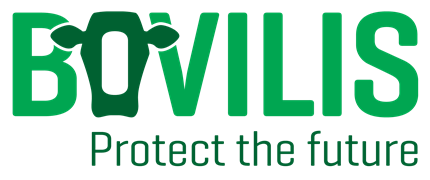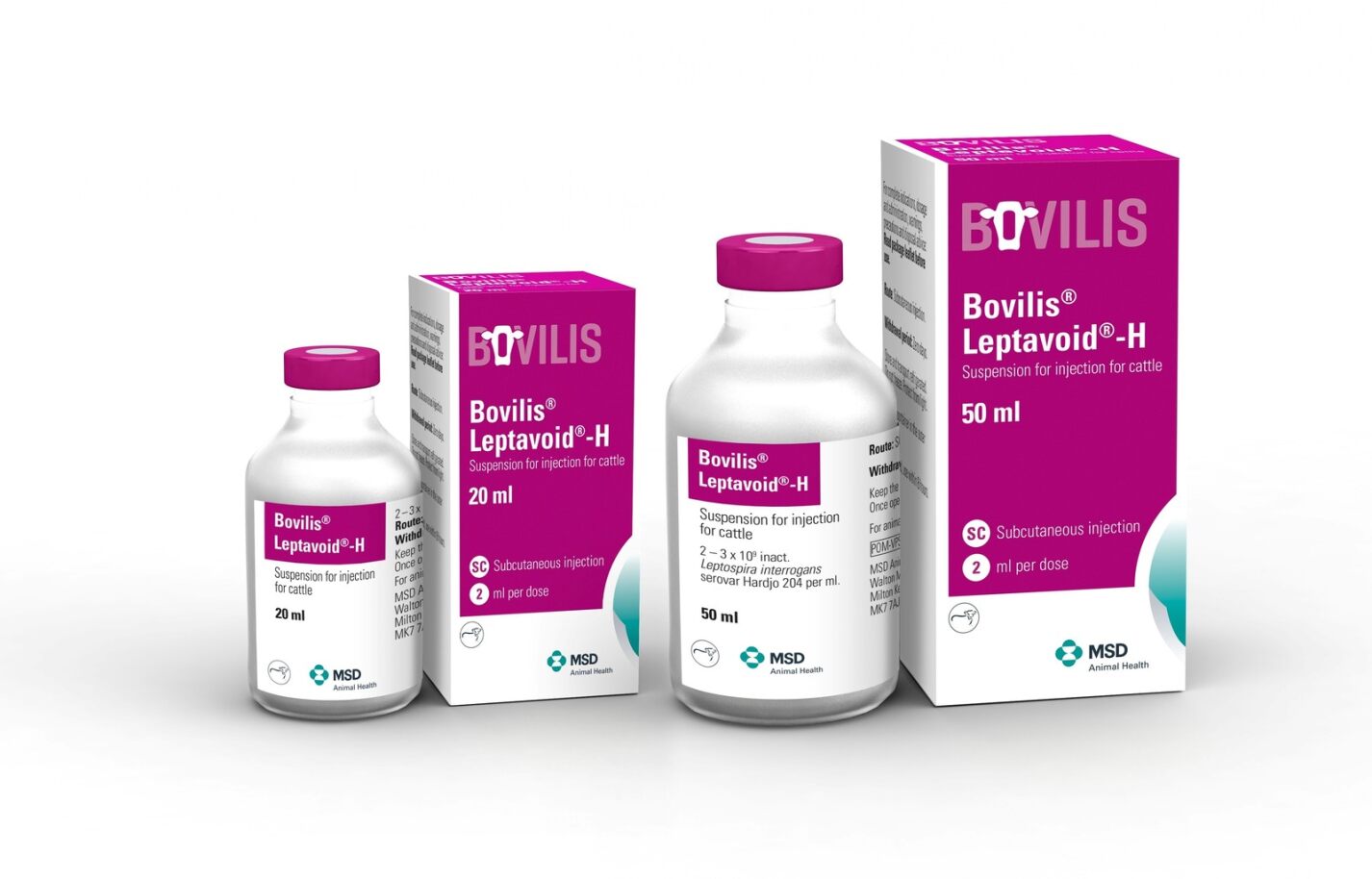

What is it?
Leptavoid-H is the market leading vaccine licensed to protect dairy and beef herds against
both strains of leptospirosis found in Ireland and the UK. Leptavoid-H is tried and proven
and has been the first line choice for many years. Leptavoid-H provides active immunisation
of cattle against Leptospira interrogans serovar hardjo and Leptospira borgpetersenii serovar
hardjo.
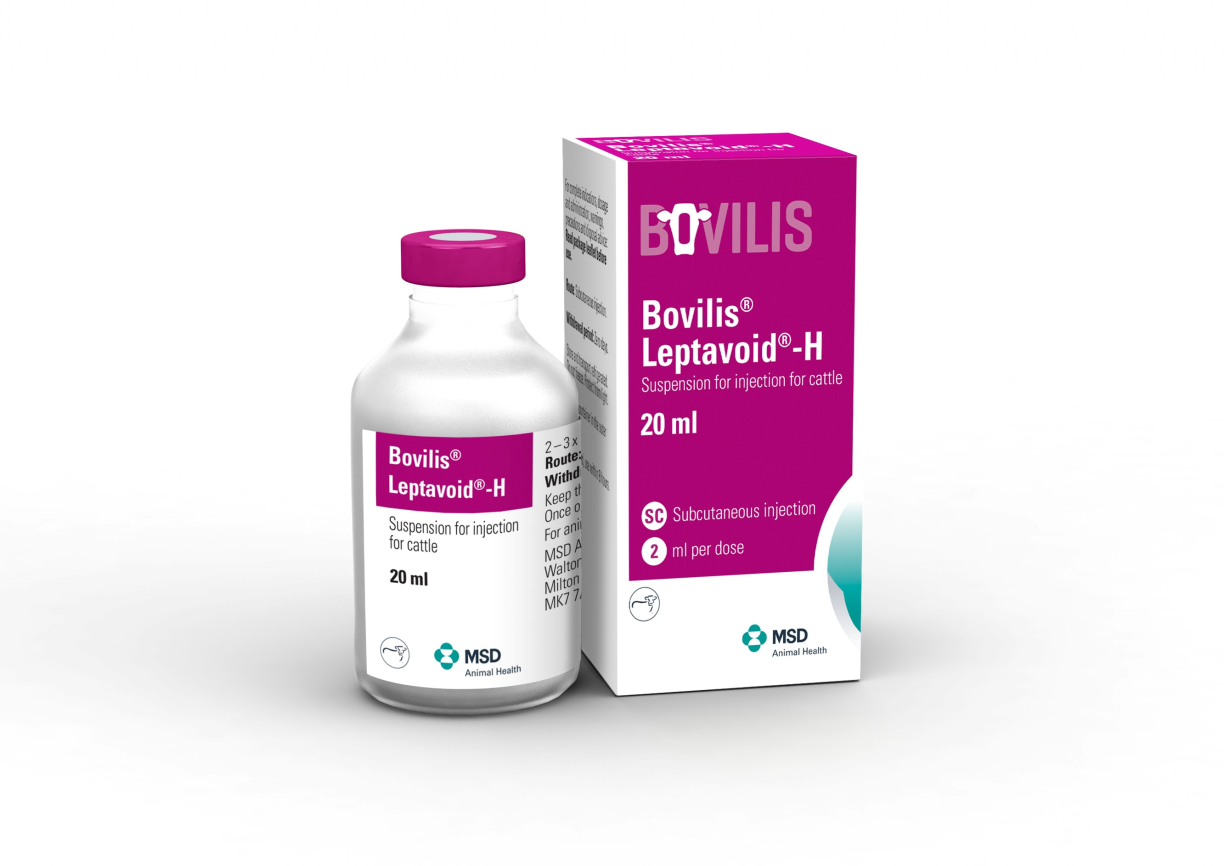
Leptavoid-H is the only vaccine licensed to provide protection against two strains of leptospirosis
Why vaccinate with Bovilis Leptavoid-H?
Bovilis Leptavoid-H is unique in the fact that it is the only vaccine licensed to protect
against both strains of Leptospira hardjo. It is also the only vaccine that is licensed to
improve conception rates where Leptospirosis has been diagnosed as a cause of
infertility. Another additional benefit of Bovilis Leptavoid-H is that it can be used on
the same day as Bovilis BVD (to cattle greater than eight months of age).
How to use:
Minimum age of administration: 1 month.
Dose: 2 ml.
Route of administration: Subcutaneous injection.
The container should be shaken well to re-suspend the precipitate before doses are
withdrawn.
Withdrawal period(s): Zero days.
Vaccination Programme:
The primary course consists of two doses with an interval of at least 4 weeks and not more
than 6 weeks between them. Ideally the course should be completed pre-turnout the spring
before the main season of transmission of Leptospira Hardjo.
Re-vaccination with a single dose should be given annually to maintain protection against
infection and reduce exposure in the herd. If the primary course is given later than the
spring, the first booster should be given in the following spring and annually thereafter.
Patrick Darmody explains how he protects his herd against leptospirosis while local vet Richard Ryan gives some pre-breeding advice.
Related Video
To activate the video player please allow cookies in category ‘Performance and Operation’ and refresh this page.
Related Articles
- Technology for Profit competition #TimeForTech
 We’re looking for Irelands most innovative dairy farmers! #TimeforTech Following the success of our Prevention for Profit campaign we’re excited to launch the “Technology for Profit” competition for 2025.
We’re looking for Irelands most innovative dairy farmers! #TimeforTech Following the success of our Prevention for Profit campaign we’re excited to launch the “Technology for Profit” competition for 2025. - Flies – Nuisance by name, nuisance by nature
 With temperatures slowly on the rise, next on the agenda – fly season. Impact on production and spread of disease Anyone who has worked with cattle during the summer months needs little reminding of the annoyance which flies can cause. They can be responsible for a state of unrest in the parlour for both cows … Read more
With temperatures slowly on the rise, next on the agenda – fly season. Impact on production and spread of disease Anyone who has worked with cattle during the summer months needs little reminding of the annoyance which flies can cause. They can be responsible for a state of unrest in the parlour for both cows … Read more - Reducing Abortion Rates in Your Flock: Enzootic Abortion of Ewes and Toxoplasmosis
 Eleanor Brady, MVB MRCVS, Ruminant Veterinary Manager, MSD Animal Health Many Irish flocks will experience a few abortions each year, but how many abortions is too many? Targets for abortion and overall empty rate are set at <2% and <5% respectively, although many flock owners accept rates higher than this. Approximately one third of lamb … Read more
Eleanor Brady, MVB MRCVS, Ruminant Veterinary Manager, MSD Animal Health Many Irish flocks will experience a few abortions each year, but how many abortions is too many? Targets for abortion and overall empty rate are set at <2% and <5% respectively, although many flock owners accept rates higher than this. Approximately one third of lamb … Read more
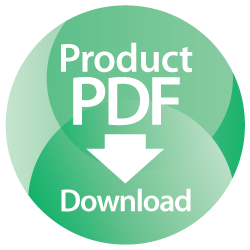
“Animal Health Ireland estimate the annual cost of BVD to Irish herds totals €102 million.”
Sign up to Bovilis® product and event information
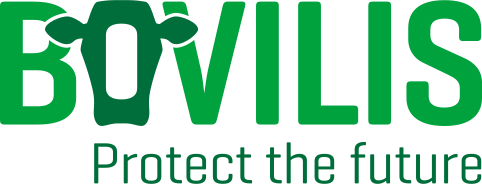
MSD Animal Health
Red Oak North, South County Business Park, Leopardstown,
Dublin 18, Ireland
vet-support.ie@msd.com
PHONE
CATTLE DISEASES
